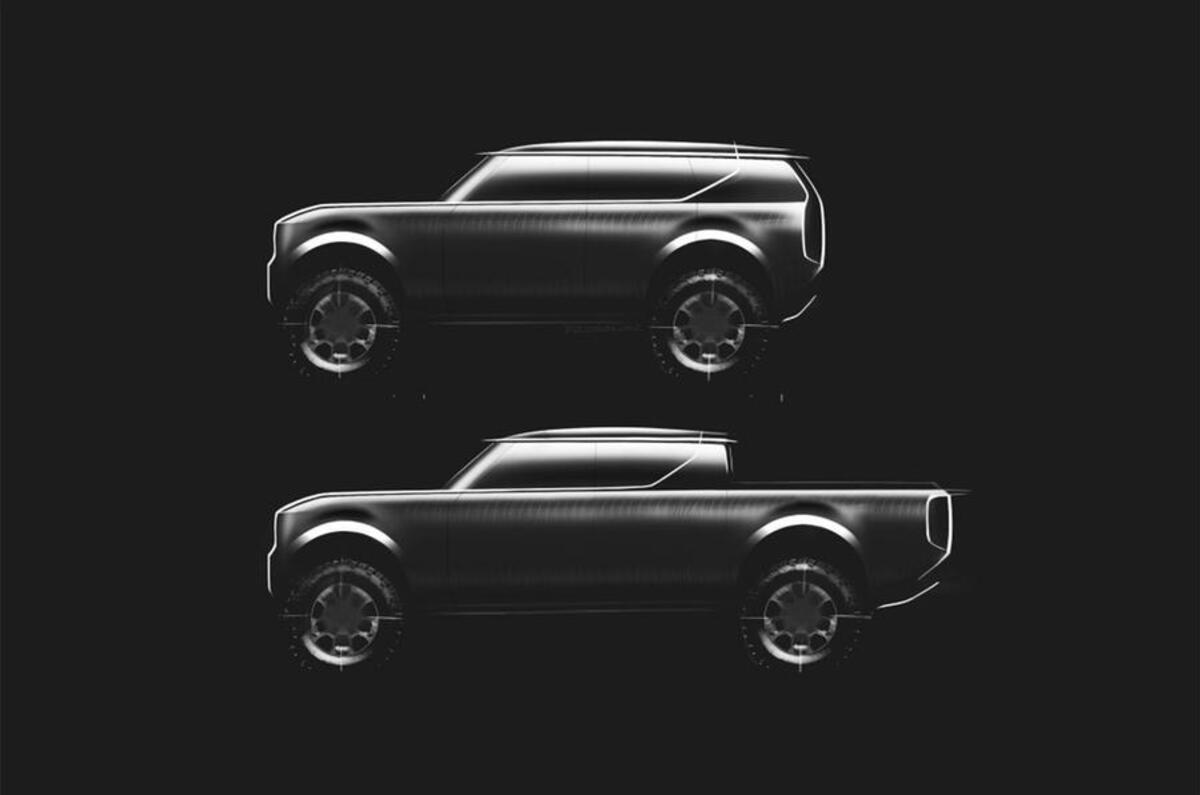Announced this past May, Scott Keogh would leave his position as CEO of Volkswagen of America to become CEO of a car company inside the Volkswagen Group that didn’t yet exist.
It fell to Keogh to revitalise Volkswagen’s presence and market share in North America by reviving the iconic Scout brand, which the Volkswagen Group inherited when it took over the remaining portion of truck maker Navistar.




Add your comment